Both Manu and Michael from the lab were teamed up with a local artist who translated their work into a custom piece, presented at 'Your Brain on Art' -- http://www.branchoutfoundation.com/your_brain_on_art
While creating this piece I was thinking about what Manu and I had discussed in terms of how people on the autistic spectrum respond to the world: how they react positively to a variety of unanticipated stimulation, how they can become engrossed in a particular subject as well as the unique physical characteristics of each person's brain. From this I recognized similarities to artistic motivation; how certain visual sensations can be completely captivating: sunlight falling on a leaf, the shadow of fence across a sidewalk, the combination of colours on a canvas... From this, I allowed my own 'brain' to go wherever it pleased and this is what happened!
Kirsten Ringstrom, Artist (http://kirstenringstrom.org/)
Manu Schuetze, Neuroscientist
8x10 image in 13x17 frame
mixed media on raw canvas
John F. Gerrard
18 Unknowns
Finished Size: 17" x 23"
Research Project: Gaze Behaviour & Emotional Perception in Schizophrenia - Michael Spilka, University of Calgary
When people hear schizophrenia, it’s often the positive symptoms such as delusions that come to mind. This study is focused on the recognition of emotion in faces, which is one of the social abilities affected in schizophrenia. Michael Spilka and his team are studying the areas of the brain that are responsible for these social skills. Using fMRI and eye-tracking technology, they are hoping to find how the functioning of these brain regions are affected by how people look at faces, so they can further develop ways to help people with these issues.
The social ability to recognize which emotions are being conveyed is an important part of interacting with people. Schizophrenia can be an isolating illness, and I’m happy this part of the disease is being looked at.
I wanted to simulate what it might be like to take in a face and misrepresent it. I worked with images of “happy” people with the goal to make them ambiguous and eerie. I think it’s fascinating how a healthy brain can take visual data and interpret that into an abstract quality such as “happy”, or how there can be an unknown presented to the subject when things aren’t working properly. I learned from Michael that there isn’t one place in the brain that does this, rather different parts that work together. I also learned about how this process may be influenced by which parts of the face are focused on by the viewer. I find it fascinating how the seemingly mechanical nature of the brain can give rise to a unified subjective experience, and am intrigued by the mystery of how this works. My goal with this piece was to fail at interpreting the emotion. To strip it of any obvious signifier, leaving it abstract and undefined.


